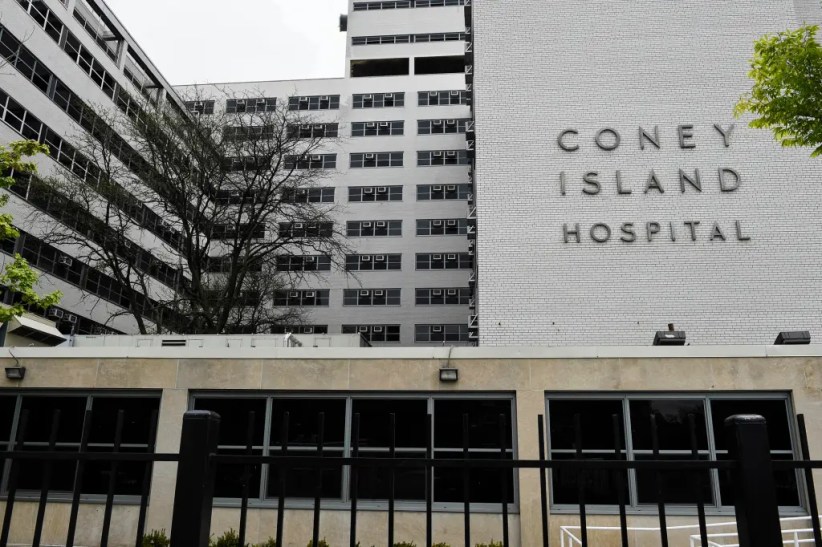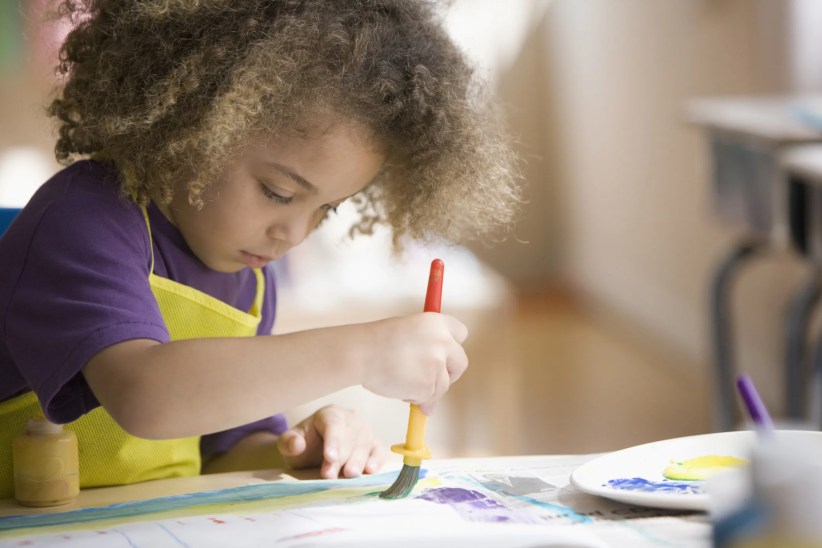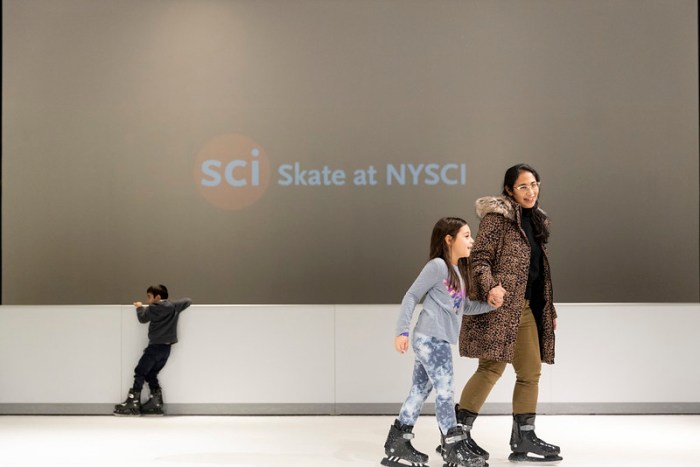“Huh. I wasn’t expecting that,” the emergency-room physician said, frowning as he read the report from my daughter Genie’s chest X-ray. I shot a nervous glance at my pale, coughing 3-year-old.
“So she has pneumonia?” I asked.
“No, her lungs are clear—it’s just a cold. But there’s a note here saying that her spine is curved,” the doctor replied. I was glad Genie didn’t have pneumonia, but what did it mean that her spine was curved? I pictured a spine shaped like a question mark.
Once Genie was better, we visited an orthopedist our pediatrician had recommended. She diagnosed Genie with scoliosis, an abnormal, side-to-side spinal curvature. The curve stood at 18 degrees; if it progressed to 20 degrees, Genie would need to wear a back brace for 23 hours a day until sometime in her teens.
I prayed Genie’s curve would hold or improve. But a follow-up visit the next year brought devastating news: Her spine was now listing at 26 degrees. A brace-maker armed with a tape measure and clipboard was called in. Weeks later, we were presented with the hard, thick plastic shell that would encase my daughter’s torso for the next decade.
You don’t mess with scoliosis. Left unchecked, it can cause profound problems, from visible deformity and chronic pain to heart and lung trouble. My husband and I knew we needed to treat Genie at once, but that didn’t make it any less agonizing to buckle our wiggly child into a bulky, inflexible contraption. And it wasn’t like I could tell her “lots of kids have this.” They don’t, especially not at age 4. In fact, Genie was the only child in our elementary school’s 100-plus-year history to wear a back brace to classes.
Genie’s clothing covered the brace, but the outline of its front buckles was clearly visible through her clothes. The shoulder straps jutted upward, making her look like a pint-sized linebacker. All I could think was that her new, slightly lumpy appearance was tantamount to social suicide.
But something surprising happened: Genie stayed happy-go-lucky, maybe because she was too young to feel self-conscious. She covered her brace in stickers and showed it off to her pals, acting like it was cool gear she was lucky to have. She took her brace in stride, and, following her lead, so did those around her.
The years marched on. There was the occasional mean girl at camp or insensitive adult, but for the most part, people either disregarded Genie’s brace or were intrigued by it. When a performer at a medieval fair selected Genie to ride on his shoulders, he discovered her brace as he lifted her. “She has her own armor!” he roared to the crowd.
Meanwhile, Genie was disarming me—stripping away the guilty awkwardness I’d long felt around people with visible differences. Because she didn’t view her brace as tragic, she didn’t view others’ medical equipment—or they themselves—as objects of pity. She’d say breezy hellos to people in wheelchairs, and coo over babies in headgear.
Several years ago, she made a best friend at camp and told me everything about her—except that the girl had impaired mobility and used a walker. I didn’t learn about it until visiting day, when I witnessed Genie happily helping her pal get up a hill while singing to her. Why didn’t she tell me about the walker? I wondered. Then I realized it was because to her, it wasn’t worth a mention.
I started to see that it wasn’t just Genie’s spine that needed help; my attitude toward people with disabilities needed some straightening out, too. I no longer avert my gaze from them, worried that they’ll see sorrow in my eyes. Instead, like Genie, I make a point of saying hi. I treat them the way I want people to treat Genie—the way I was supposed to have been treating them all along.
Genie’s now 14, and her spinal curve is almost completely gone. The day is coming when she’ll leave her back brace behind for good, but I know the compassion she gained from her years of treatment will last a lifetime. She’s not just a kid with a straight back; she’s a person with real backbone.





















